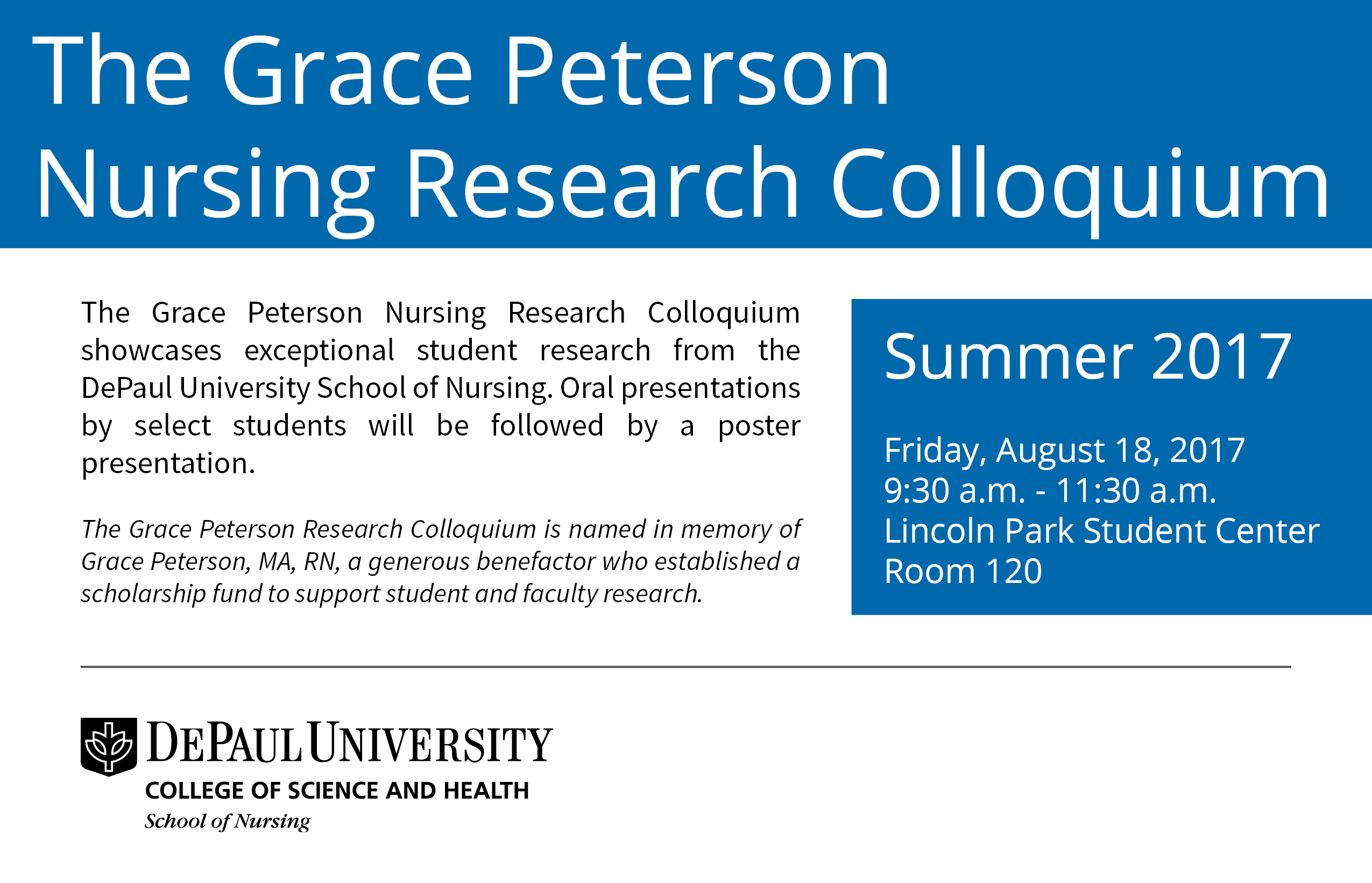Start Date
18-8-2017 10:00 AM
End Date
18-8-2017 11:30 AM
Abstract
Abstract
Background: Multiple Myeloma (MM) has undergone a surge in the introduction of novel therapies to treat the disease in recent years. As of yet, the research has yet to be done compiling the information on the adverse effects caused by these drugs and how patients can manage them.
Objectives: The purpose of this integrative literature review is to identify the adverse effects caused by the novel therapies and to find management techniques for these effects.
Method: An integrative literature review was conducted.
Results: The most common adverse effects included peripheral neuropathy, myelosuppression, fatigue, gastrointestinal disturbances, and cardiopulmonary events. The most common treatments included medications, acupuncture, and distraction techniques, depending on the adverse effect.
Conclusion: Much of the research found was located in articles that were qualitative, descriptive, or expert opinions. This indicates the need for further research, including randomized control trials, focused on managing the adverse effects that patients have experienced.
Key Words: Myeloma, novel therapy, adverse effects, self-management strategies, hierarchy of evidence, evidence-based practice
Included in
Potential Adverse Effects of Novel Drug Therapies in Multiple Myeloma Treatment
Abstract
Background: Multiple Myeloma (MM) has undergone a surge in the introduction of novel therapies to treat the disease in recent years. As of yet, the research has yet to be done compiling the information on the adverse effects caused by these drugs and how patients can manage them.
Objectives: The purpose of this integrative literature review is to identify the adverse effects caused by the novel therapies and to find management techniques for these effects.
Method: An integrative literature review was conducted.
Results: The most common adverse effects included peripheral neuropathy, myelosuppression, fatigue, gastrointestinal disturbances, and cardiopulmonary events. The most common treatments included medications, acupuncture, and distraction techniques, depending on the adverse effect.
Conclusion: Much of the research found was located in articles that were qualitative, descriptive, or expert opinions. This indicates the need for further research, including randomized control trials, focused on managing the adverse effects that patients have experienced.
Key Words: Myeloma, novel therapy, adverse effects, self-management strategies, hierarchy of evidence, evidence-based practice


